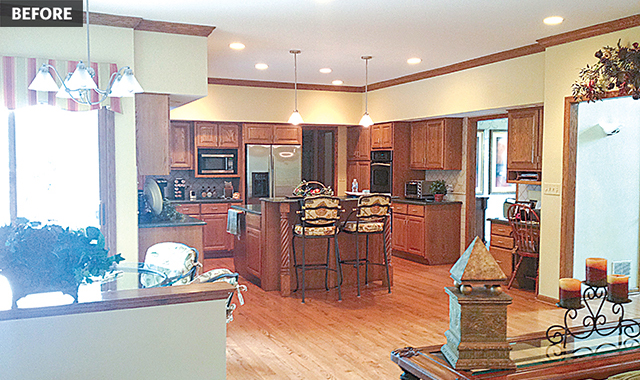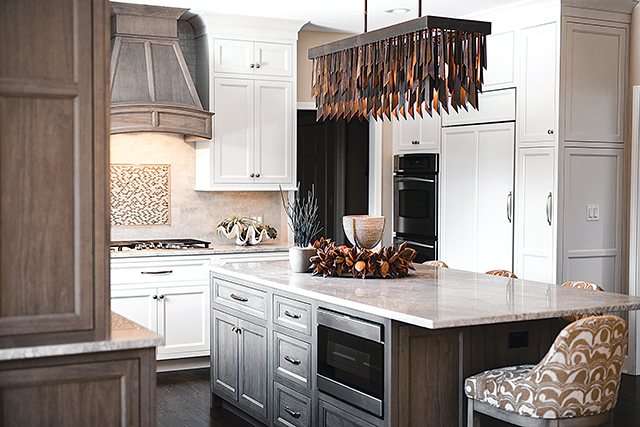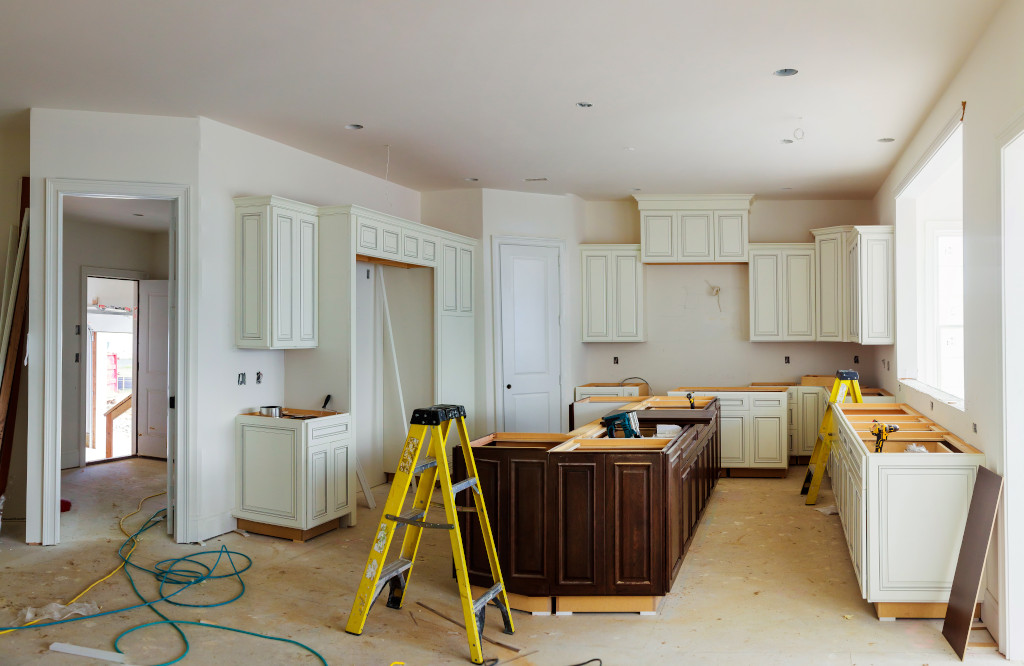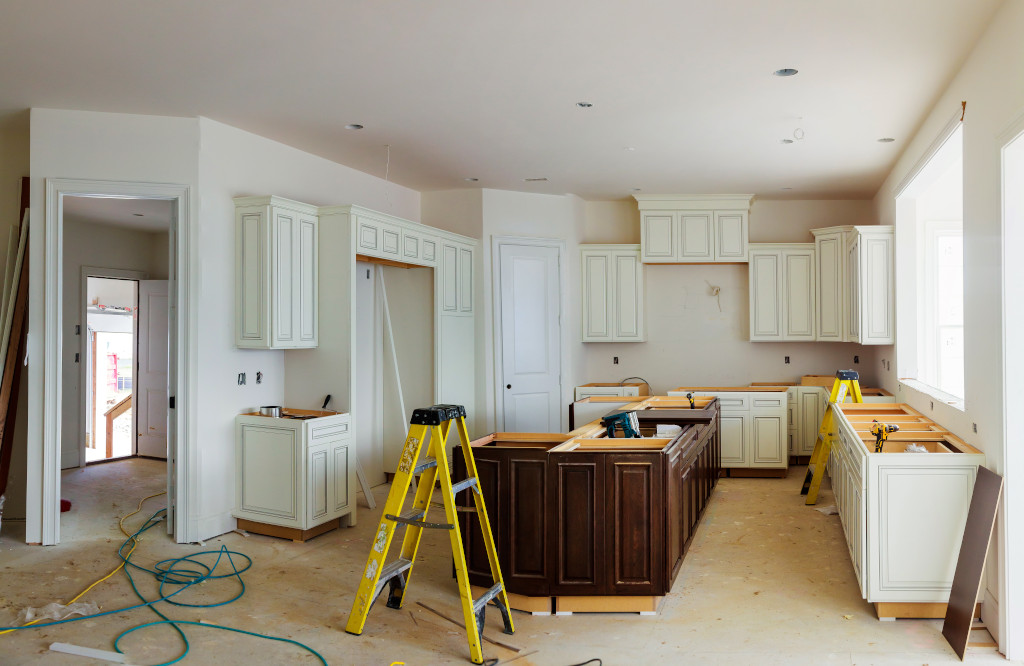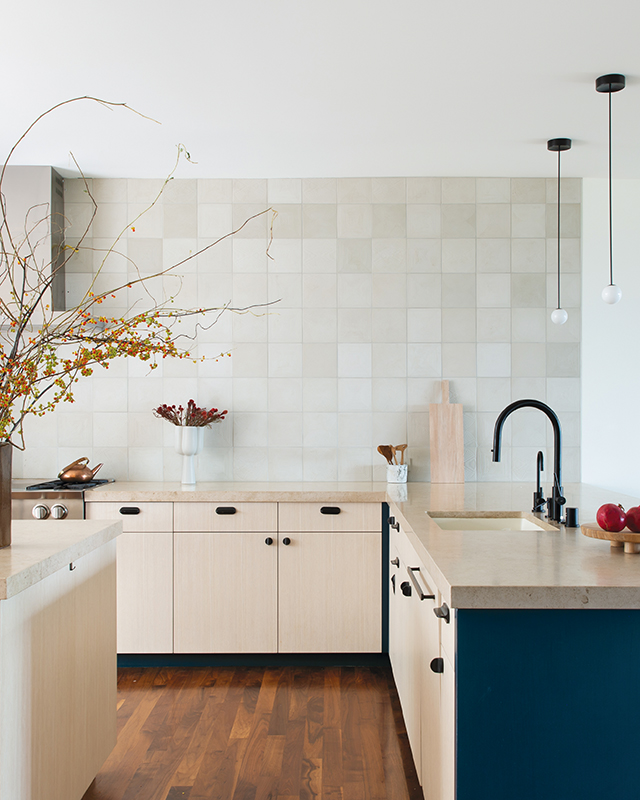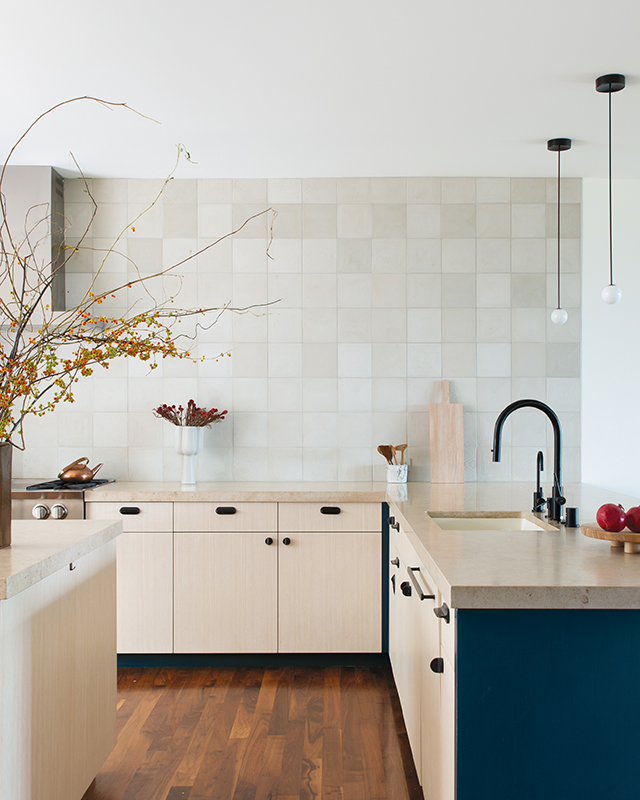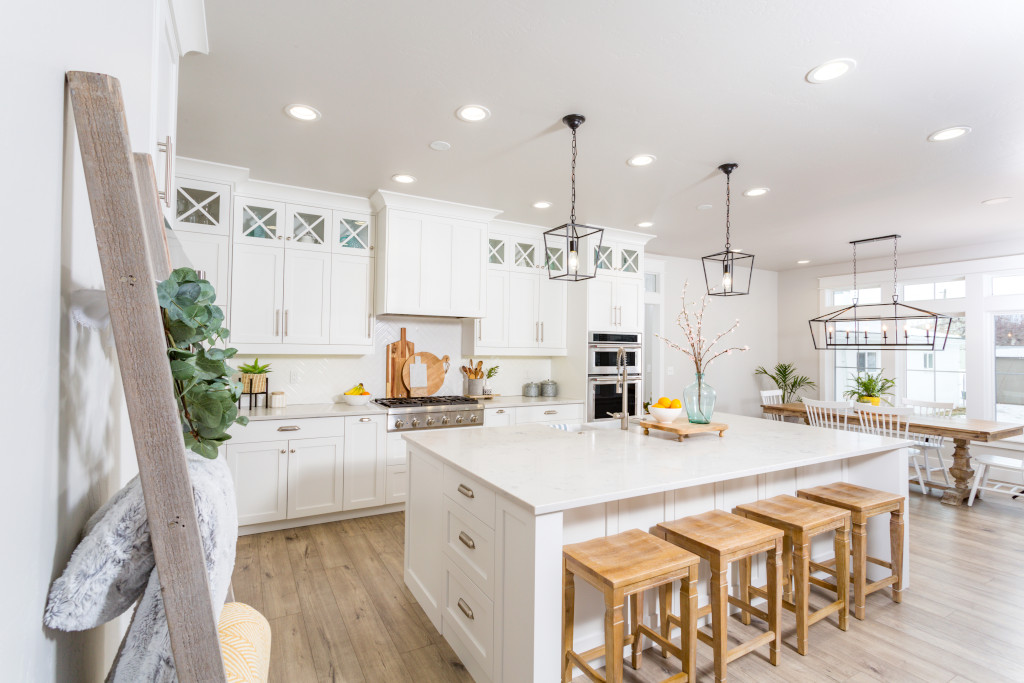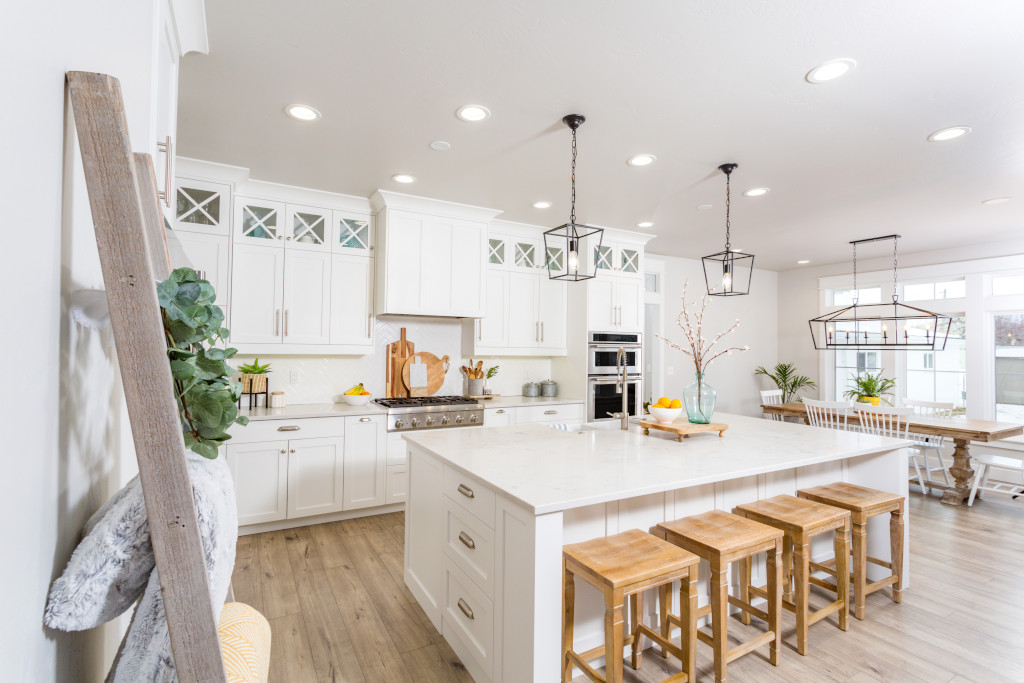The DPH manufacturer concentrates on quality product and superior customer service. We are expected to provide both at competitive prices and with as little friction as possible, and I would say, most of us do. However, as we’ve witnessed the ‘Amazoning’ of the marketplace, amplified by a pandemic world, DPH manufacturers are fighting to maintain stability between logical expectations and ‘the Amazon effect.’ While we all appreciate the convenience of an Amazon marketplace, not all products can be treated equally. Unlike some other industries, hardware, plumbing, appliances and lighting often have specific shipping, installation and service needs.
Manufacturers are often viewed simply as marketers and salespeople, but as you may have seen when visiting a factory, manufacturing is a multi-faceted and complex business. Manufacturers in the U.S. and around the world are more tightly bound together through raw materials, labor and freight than may appear from a finished product.
TIES THAT BIND
Raw Materials: These are tied to industries as varied as oil and microchips. Most can be, and are, sourced nationally, but some must be sourced internationally. The flow of these products is regulated by countries, politics and commerce vagaries all around the world. In a normal year, price increases are expected and applied where necessary. In a COVID year, price increases have been compounded by national and worldwide slowdowns in supply, and increases are reflecting the upheaval.
Ben Alliker of HamatUSA explains, “2020 was not kind to many parts of the construction industry, mainly due to increased demand and decreased supply. Appliances and lumber both faced an initial crunch, and appliances remain on short supply and long lead times. For many DPH manufacturers, it was a mixed bag. Kitchen products, unlike a shower valve or new freestanding tub filler, don’t require an extensive remodel project. It’s relatively easy to install a new kitchen sink and faucet into an existing kitchen. Because of a huge number of people staying home across the world, and the relative ease of installation, HamatUSA saw a huge spike in demand over the summer and into the fall for kitchen sinks and faucets – both in the U.S. and in foreign markets.”
Production and Inventory: For manufacturers, this is handled in a wide variety of ways. That is to say some manufacturers work on a made-to-order, just-in-time basis with very little inventory, while others continually produce and maintain large inventories. There are pros and cons to both, but both take deft skills to balance output with demand and costs with profit.
Freight Costs: Costs associated with shipping have skyrocketed. The freight industry has been working throughout the pandemic, putting themselves at risk, but also realizing their undeniable necessity to the buying public. Their charges are reflecting their increased importance. ‘Fuel surcharges’ have become more common. Most DPH manufacturers have decided to keep freight rates as stable as possible, absorb many increases and/or set free freight levels.
LABOR AND SERVICE
Returns and Restocks: There is no easy fix for returns and restocks, which have become a flash point. We know, stuff happens. We all want to make these transactions as painless as possible. However, returns in our segment are not as easy as logging on and printing off a return label or simply scanning a QR code. Returns and restocks are expensive for everyone and cannot be ‘solved’ by simply raising prices to try and speed up the process. The customer changed their mind? It happens. But a faucet, toilet, steam unit, drain or tub cannot simply be Rambo-taped back into its packaging and dropped off. Return transport, reception and inspection, repair (if necessary), repacking (if possible) and return to inventory are only a few of the things that need to happen to a return. But, let’s be honest. We all know that a consumer wants a new product, so reselling product is difficult and frowned upon. What can be done with returned goods in our industry? How many ways are there to reduce, reuse, recycle? Manufacturers are often caught in a difficult position to satisfy consumers even when issues are not manufacturing related.
“Absorbing the costs associated with returns would most likely come with a price increase,” says Barbara Kratus of Infinity Drain. “Ultimately, it’s the consumer who will pay for it in the end, whether it’s Prime delivery or no-questions-asked returns – just as they do now on Amazon or any other online retailer where it’s baked into the price.”
Harris Wattles of Amba Products adds, “Re-stock fees are put into place for a variety of reasons, and a price increase simply to help offset a reduction/elimination of restock fees is not the answer to the problem. Increasing our prices for this reason will only make it harder to compete with other brands, especially the low-cost companies that you frequently see on Amazon, further eroding a company’s image while likely pricing our products out of the market.”
Labor Costs: In manufacturing, these are more competitive than ever. Recruiting, hiring and retaining the best people at every position is not exclusively difficult to showrooms or agencies. Most jobs in DPH manufacturing are not on assembly lines, but rather require trade training or artistic skill.
“Production facilities (during COVID) had less time/resources available for new product production. As responsible suppliers, we had to initiate protocols to keep production teams safe and healthy,” Alliker explains. “That universally meant less people in the factory at one time, and different production schedules, and thus decreased production capacity. We have seen COVID-related delays to the supply chain for new components as they also deal with COVID realities.”
Service: This is the other main component to successful manufacturing. We all remember bad service when we encounter it, and good service doesn’t always get recognized but is expected at all levels. Good service can be a simple smiling voice or a clear instruction about how to turn something on and off. Good service to a consumer can be slowly walking through how to operate a control, or good service can become bad service by not changing out that same control, that is working properly, because the user doesn’t like how the control operates. There is a fine line between the customer always being right and easy, on-site solutions.
Labor Costs: These are now jungle competitive in the field. Skilled tradespeople have never been as busy as they are now. Product support for warranty issues or installation inspections is a critical component in the overall experience of a product offering. Your warranty can be 100 years, but if you can’t get a professional to a job site, it’s not worth much. And we are all dependent upon how professional and experienced the tradesperson working with us can be during the initial installation or follow up servicing.
“I think products that incorporate tech could inspire young people to enter the trades,” says Kratus. “There are incredible innovations in building materials! We have to tout that at all levels of the building process.”
Patrick Weidl of ThermaSol adds, “ThermaSol, like many of us, is reliant on two trades – plumbers and electricians – to install the products. Have their expectations changed? Yes, absolutely. To meet those expectations, we introduced virtual trainings as it relates to product knowledge, installation and general 101s.”
The web runs the world. It would be an understatement to say that the web has gotten us through a lot this past year and we have all learned new angles to using it. It has become indispensable to our everyday lives. You can order a car, a boat, a diamond necklace, your groceries, birdfeed, a towel bar or a potty, all from the phone in your hand.
But as we all know, the web is a catch-22 for everyone selling product, any product, around the world. Amazon and similar companies ruled the web pre-COVID but now all companies have improved their online presence either as a seller or simply as a store window showing off their skills and products. Today, if your store front isn’t well represented on the web, your brick and mortar isn’t going to get the attention it deserves.We’ve all become accustomed to checking out a product or business on the web before we head out to see it. A web search can be simply to see what kind of COVID protocols are in place or to actually see if the product you want is on display or to read reviews of that product or business.
Web views and reviews are, without a doubt, a crucial component to the future of business.We’ve seen how reviews shape the perception of a product or company and how reviewers, paid and unpaid, can affect mom and pop start-ups, large corporations and government agencies, to name a few. The world watches and reads what everyone has to say about a product whether what is being said is true or valuable. They can literally make or break a business. So, we ask, should we raise our prices to be more ‘Amazon-like’?
It’s been a challenging time for all, but the future of construction and renovation is bright, and we are hopeful. 
Kimberly Frechette is the national sales manager at Americh Corporation. She has worked in manufacturing, distribution and sales in the bathroom segment for 30 years. Frechette has been involved with DPHA for 18 years and is a returning Board member.
The post Manufacturers Examine Supply Stresses appeared first on Kitchen & Bath Design News.
Did you miss our previous article…
https://www.subwaytile.biz/?p=373



